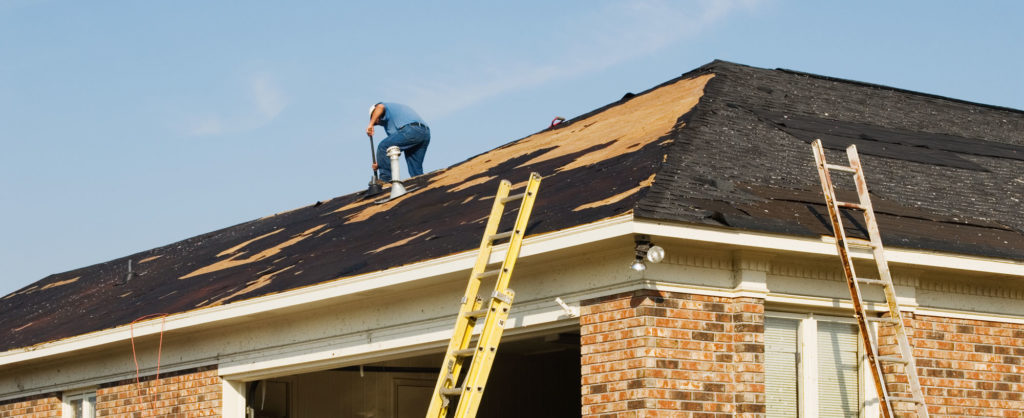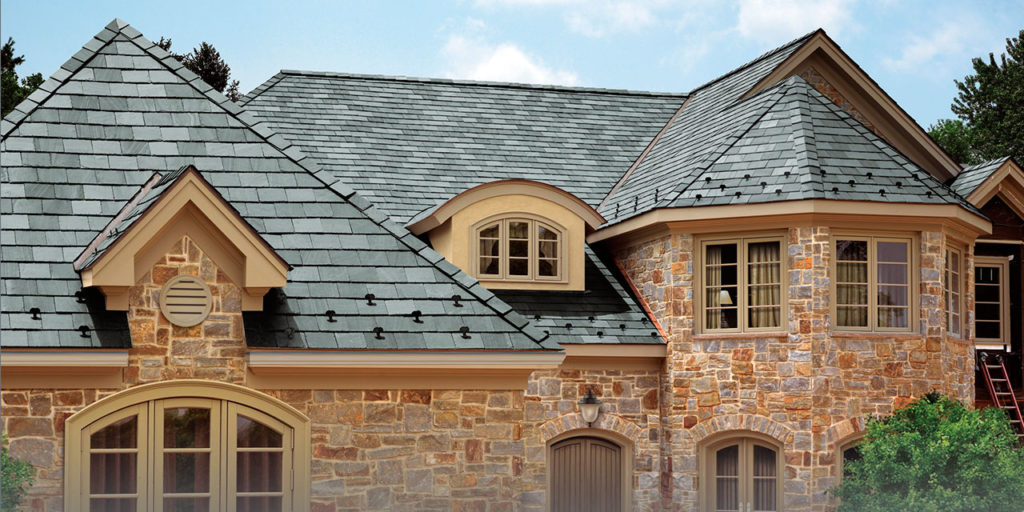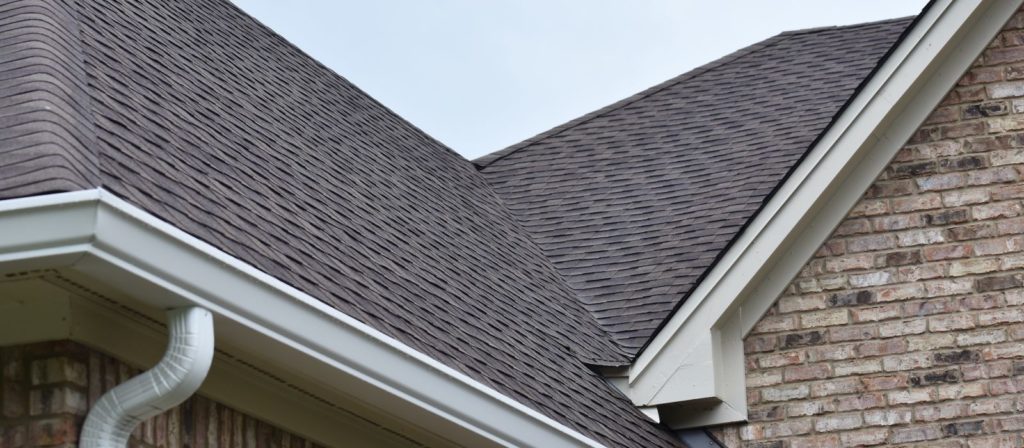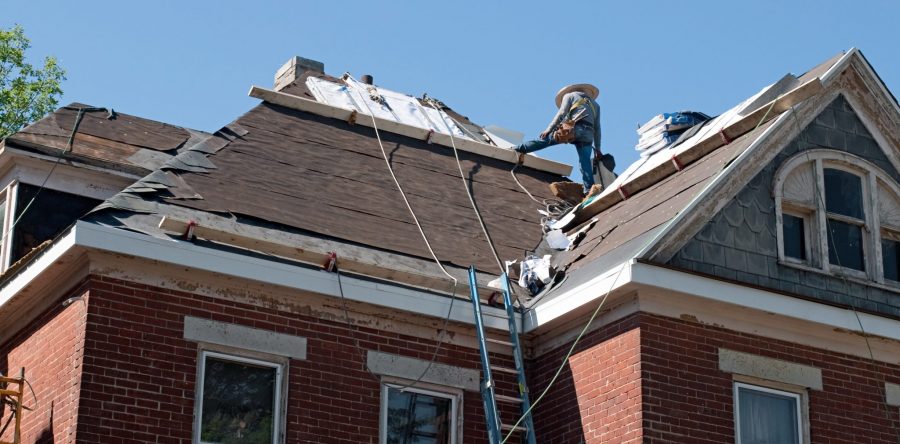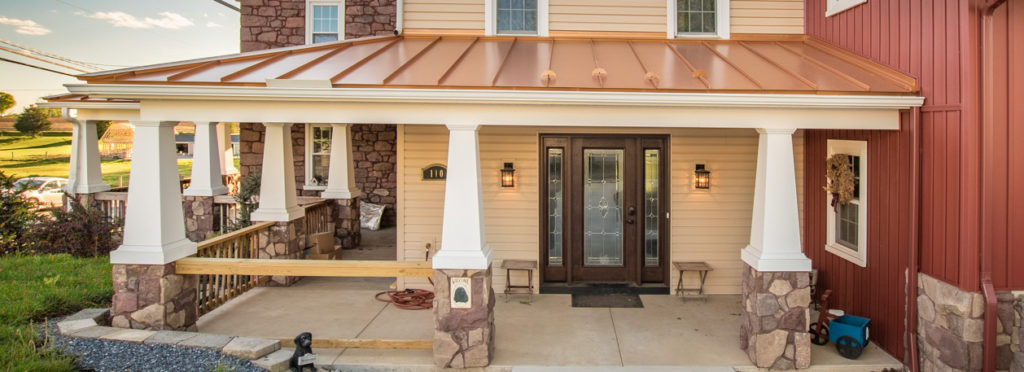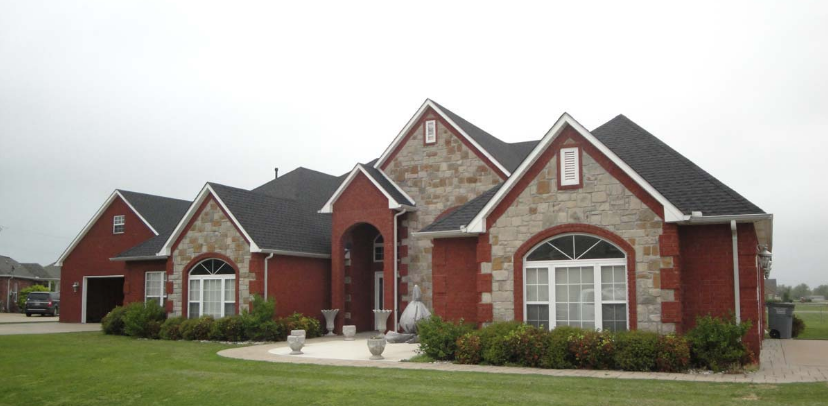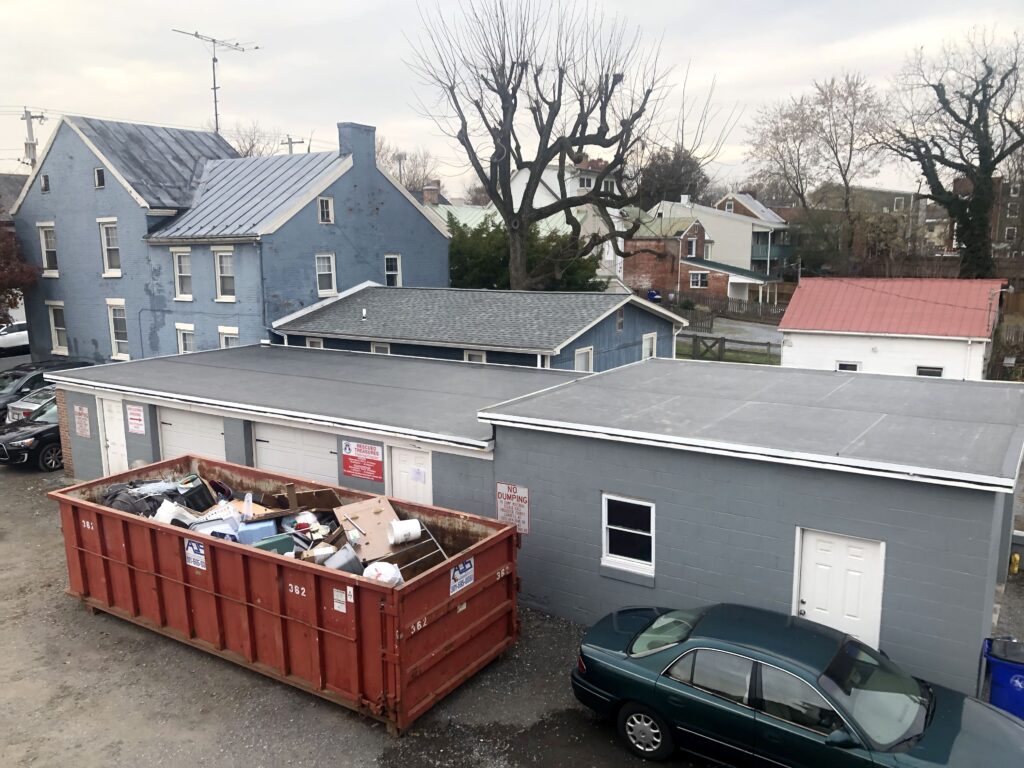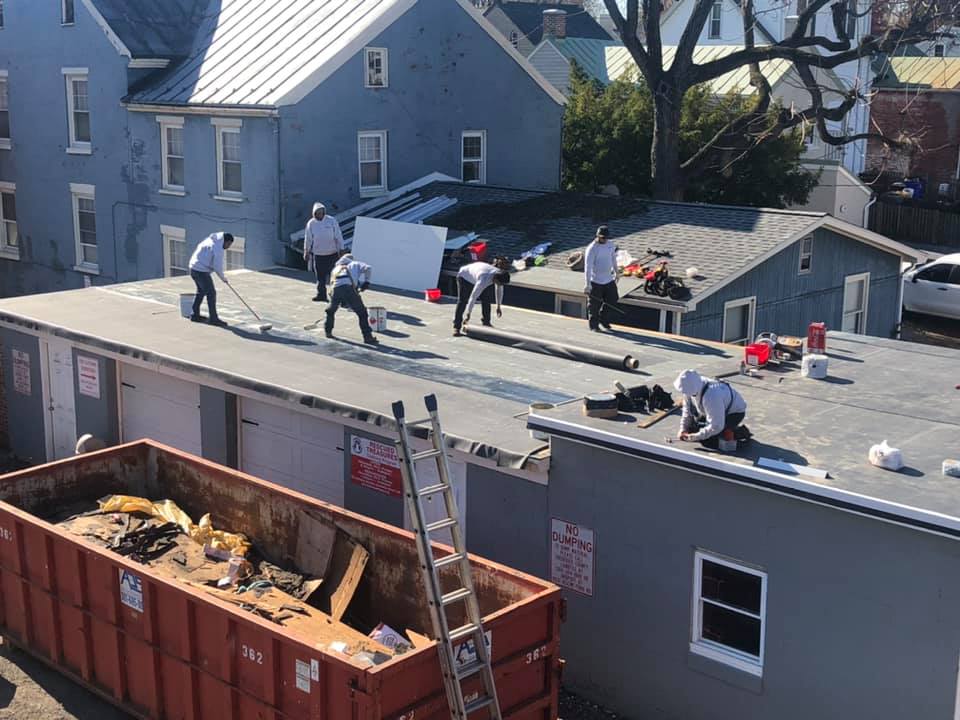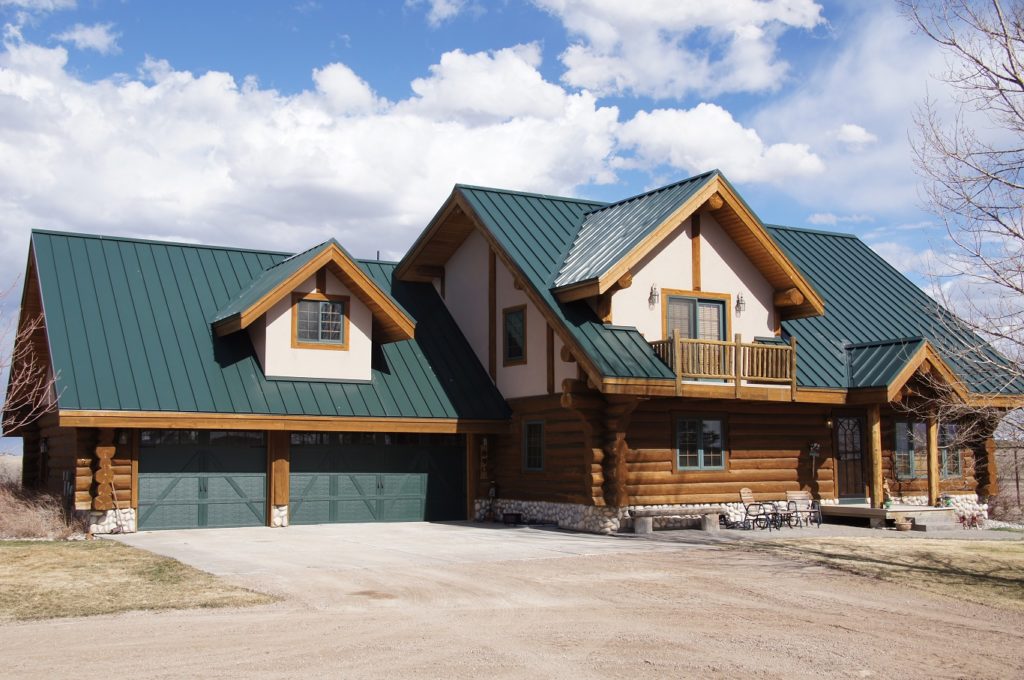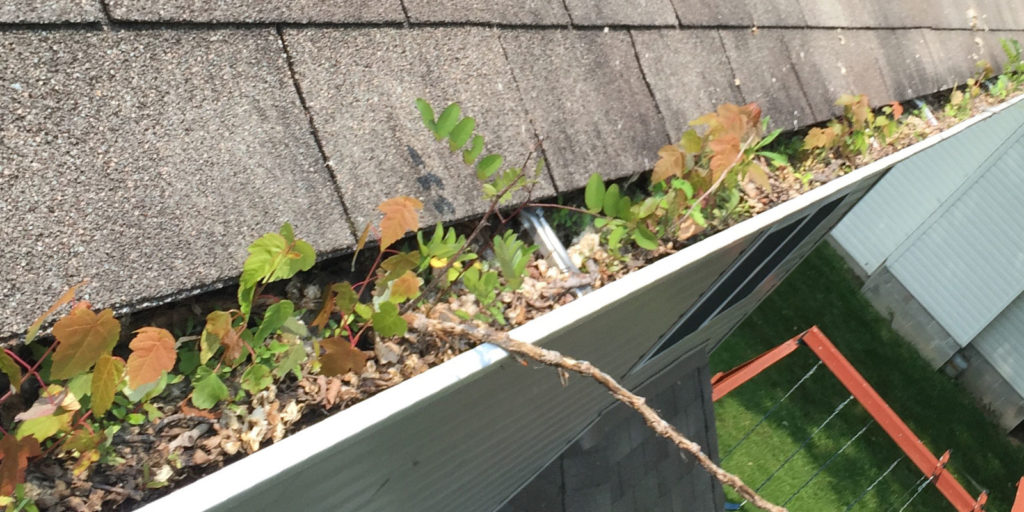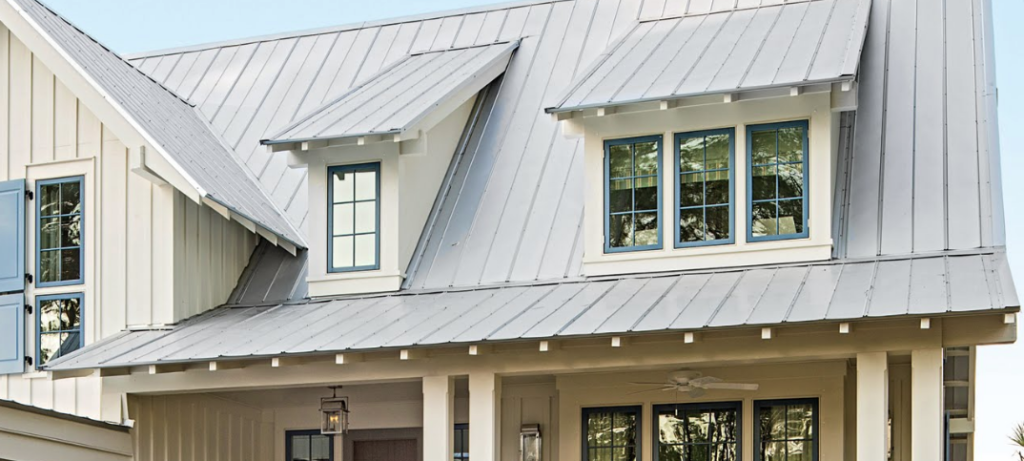May 14, 2020 in Roofing
A Roof That’s Safe & Sound, Even During COVID-19
As most of us continue to observe the “stay-at-home” recommendations, we have more time than ever to look around and notice what features need work. If you’ve discovered damage or troublesome wear to your roof during one of your walkabouts, you’re going to want to attend to that promptly. Leaving roofing issues unaddressed can cause damage to your home— and you don’t want to take that risk.
Even during the COVID-19 outbreak and all the restrictions it has imposed, there are ways to get your roof repaired or replaced—and we’re here to help.
Why You Shouldn’t Wait
Of course, preserving your health and well-being should be your top priority during the COVID-19 pandemic. However, it’s also important to keep your home in good shape. Some home improvement projects can be delayed until restrictions are lifted, but fixing a damaged roof isn’t one of them. Even a small issue can cause a big problem. For example, non-stop exposure to moisture can make your home susceptible to mold growth, affecting the air quality throughout your home. Mold can have a serious impact on your health, especially for the very young or the elderly who may have pre-existing respiratory problems or breathing difficulties.
That’s why especially now, while we are spending more time than ever indoors, it is extremely important to be sure your roof is in good repair— despite the extra challenges social distancing imposes. Whether your roof issues are minor or major, we can fix them before they lead to bigger problems and more expensive damage.
As always, we are committed to prompt, thorough, cost-effective roof repair and replacementroof repair and replacement. However, during this time of increased public health vigilance, we are also working hard to keep our customers and our valued team members safe and well.
Since the outbreak of COVID-19, we have taken very specific steps to preserve the health and welfare of our customers and our employees. Here are a few of the safety measures we have deployed to ensure everyone’s safety during this unprecedented public health crisis.
Staying Safe During Safety Measures During the Coronavirus Outbreak
- Compliance with Recommendations from the Centers for Disease Control. Strict adherence to the guidelines put in place by the CDC, OSHA, and other regulatory agencies is the basis for any safety program, especially during the COVID-19 outbreak. We continue to follow the protocols advised by the CDC by encouraging any employee who does not feel well to stay home. We routinely clean and disinfect our equipment, tools, work attire, and other gear used on our jobs.
- Physical/Social Distancing. Most of our work is done outside your home. Our crew is careful to practice recommended physical distancing when completing work on your roof.
- Paperless Process. We are using a contactless, paper-free process during any meetings, inspections, or transactions, including the actual roofing job itself.
Your comfort is always important, but especially now. If you need roofing work, don’t delay until the COVID-19 restrictions are lifted. We are prepared to repair or replace your roof at your convenience in a way that complies with the Governor’s recommendations and preserves the health and well-being of our customers and crew.

